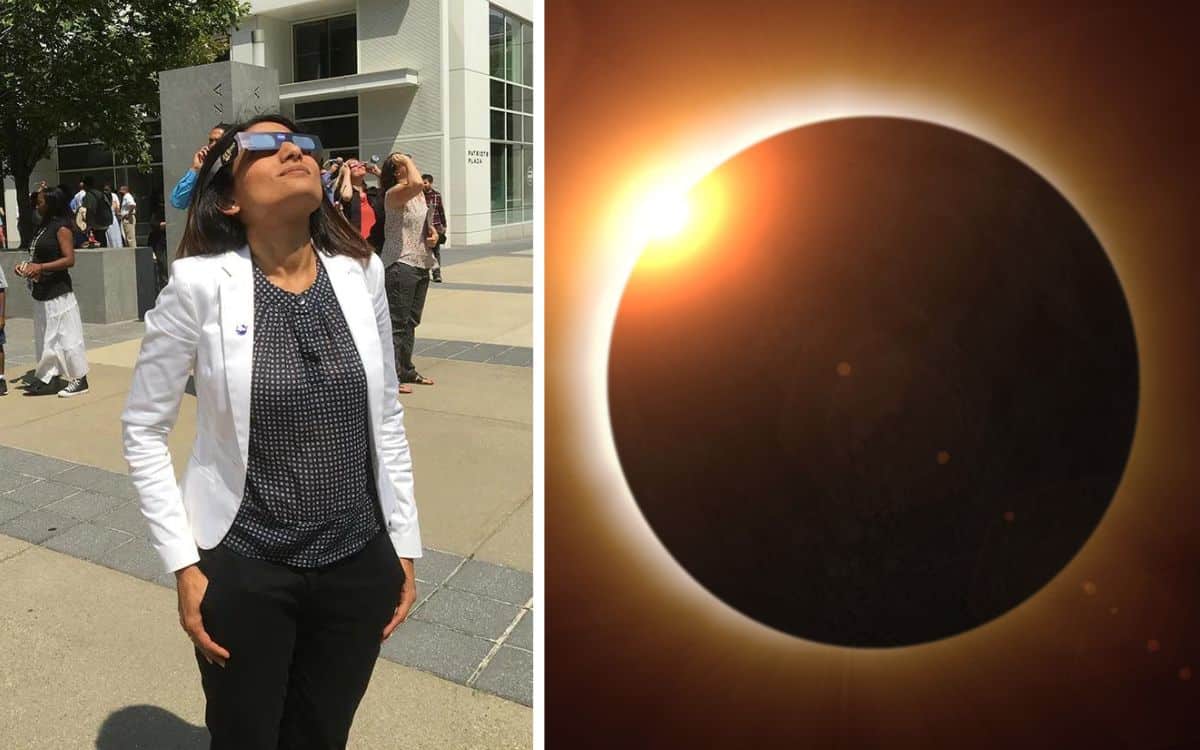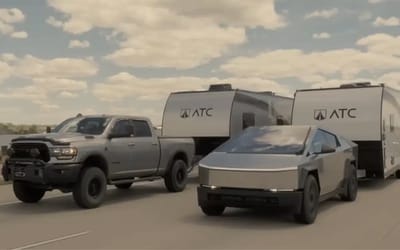Total solar eclipse is coming this year
- NASA has announced a total solar eclipse on 8 April
- North America are set to get the best views
- It will pass over Mexico, the United States, and Canada
Published on Jan 02, 2024 at 9:51 PM (UTC+4)
by Amelia Jean Hershman-Jones
Last updated on Jan 03, 2024 at 7:03 PM (UTC+4)
Edited by
Adam Gray
NASA have announced that on 8 April, 2024, there will be a total solar eclipse.
North America is set to get the best views with the total solar eclipse passing over Mexico, the United States, and Canada.
The total solar eclipse will begin over the South Pacific Ocean and pass over 13 US states.
READ MORE! NASA reveals what it takes to become an astronaut
Depending on the weather, the first location in continental North America to experience the total solar eclipse will be Mexico’s Pacific coast at around 11:07 am PDT.
The path will then continue over the United States in Texas, passing through Oklahoma, Arkansas, Missouri, Illinois, Kentucky, Indiana, Ohio, Pennsylvania, New York, Vermont, New Hampshire, and Maine.
After that, Southern Ontario in Canada, and Quebec, New Brunswick, Prince Edward Island, and Cape Breton will experience the total solar eclipse.
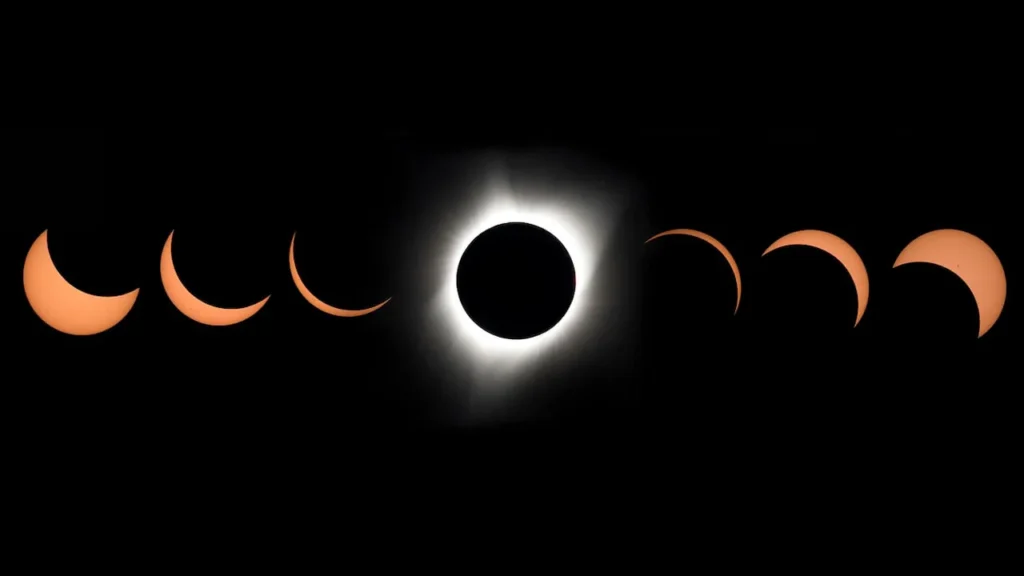
The celestial event will exit continental North America on the Atlantic coast of Newfoundland, Canada, at 5:16 pm NDT.
Total solar eclipses are relatively rare.
They happen once every one or two years.
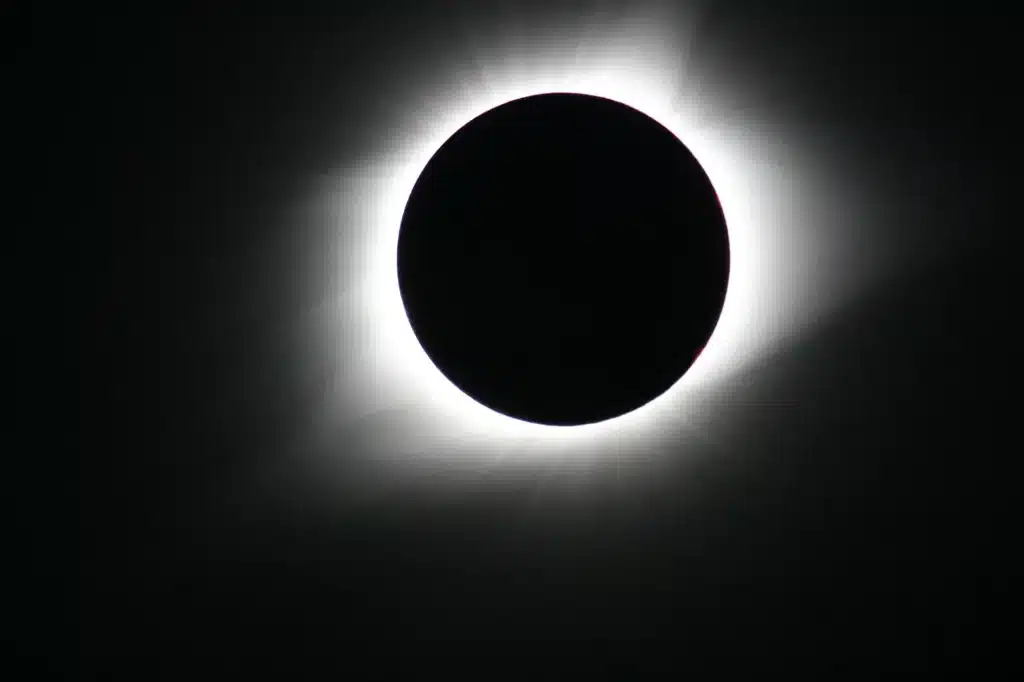
But what is a total solar eclipse, anyway?
Put simply: a total solar eclipse happens when the Moon passes between the Sun and Earth.
The result is that the moon completely blocking the face of the Sun.
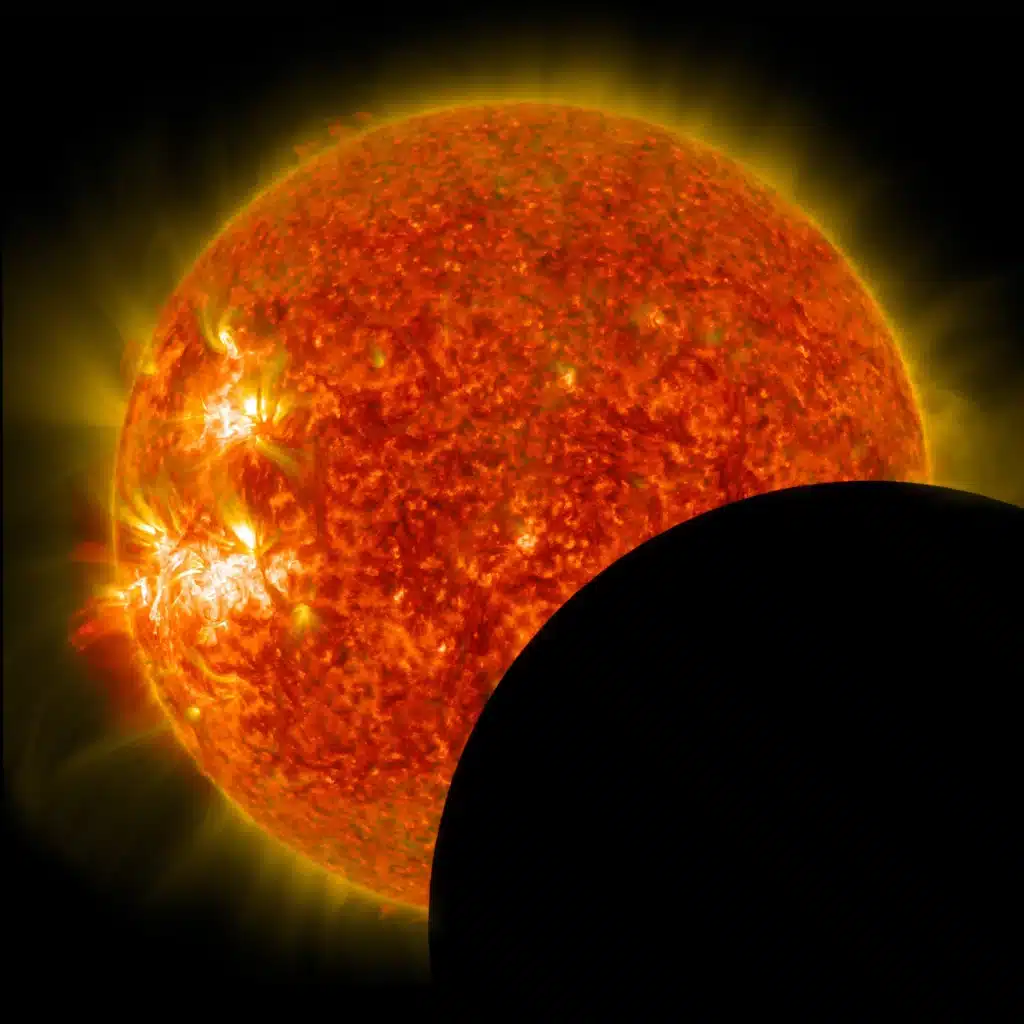
“The sky will darken as if it were dawn or dusk,” say NASA of the celestial event.
It’s just one of the exciting space happenings taking off in 2024.
The US are returning to the moon for the first time in 50 years.
What’s more, NASA’s missions are sending back images of ‘otherworldly wreckage’ from Mars and spectacular new photos of Uranus.
Of course, caution must be taken when looking up at the sun – during an eclipse or otherwise.
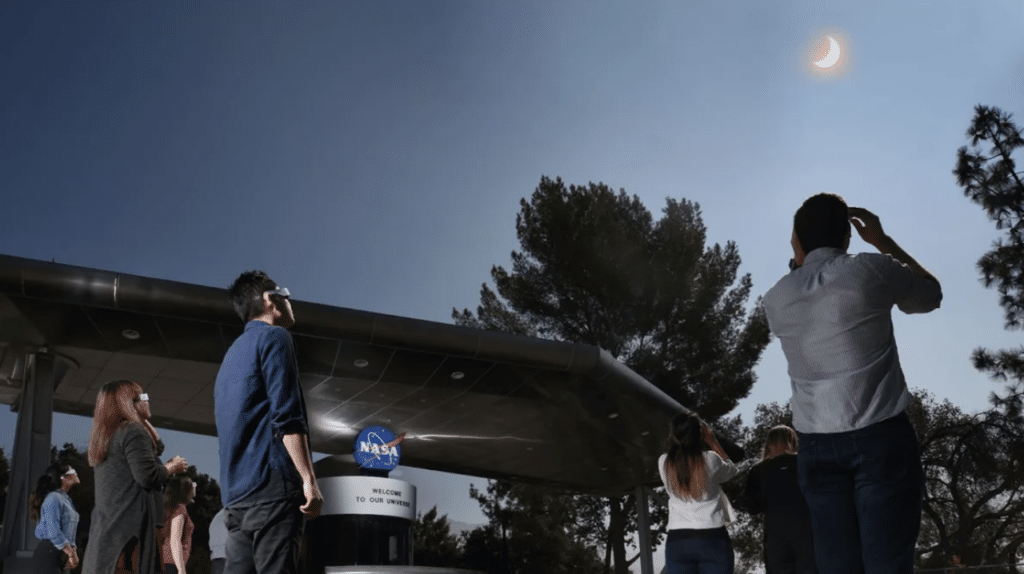
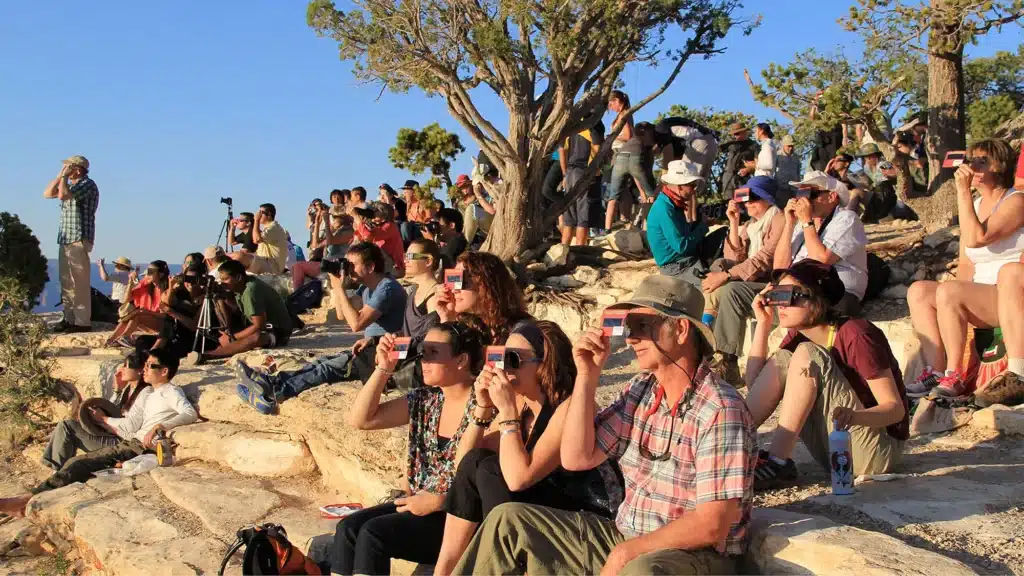
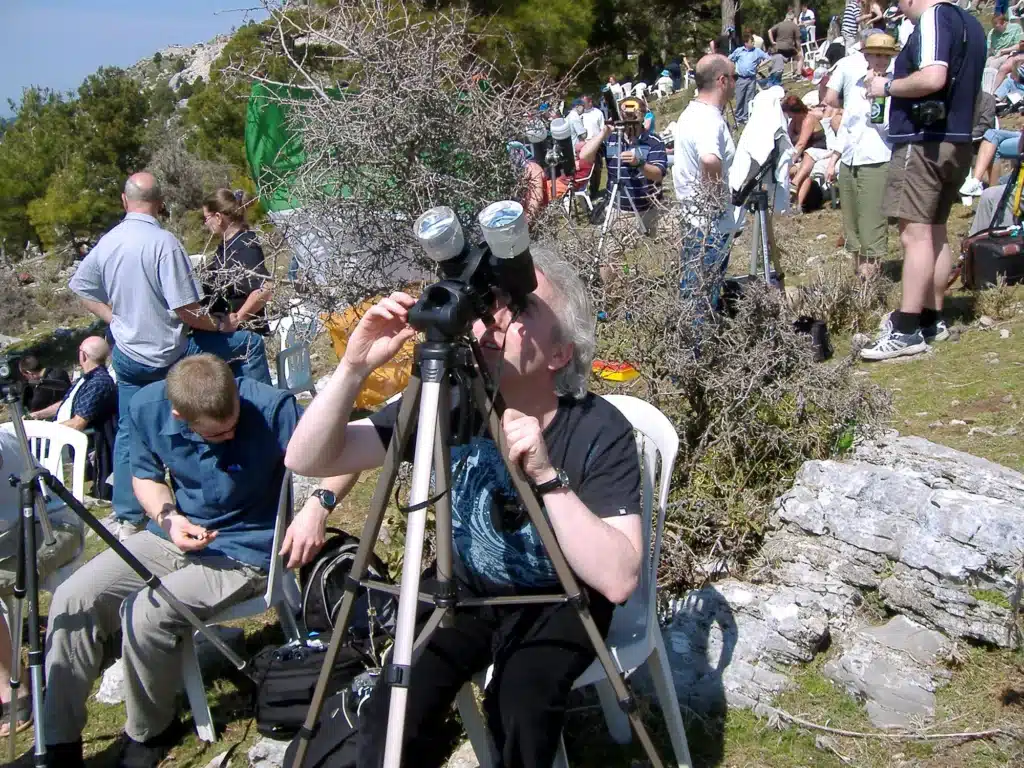
NASA’s advice is as follows:
- “View the Sun through eclipse glasses or a handheld solar viewer during the partial eclipse phases before and after totality.
- “You can view the eclipse directly without proper eye protection only when the Moon completely obscures the Sun’s bright face – during the brief and spectacular period known as totality. (You’ll know it’s safe when you can no longer see any part of the Sun through eclipse glasses or a solar viewer.)
- “As soon as you see even a little bit of the bright Sun reappear after totality, immediately put your eclipse glasses back on or use a handheld solar viewer to look at the Sun.”
DISCOVER SBX CARS: The global premium car auction platform powered by Supercar Blondie

London-based Amelia cut her journalistic teeth covering all things lifestyle, wellness and luxury in the UK capital. Fast-forward a decade and the experienced content creator and editor has put pen to paper for glossy magazines, busy newsrooms and coveted brands. When her OOO is on you can find her spending quality time with her young family, in the gym or exploring the city she loves.
